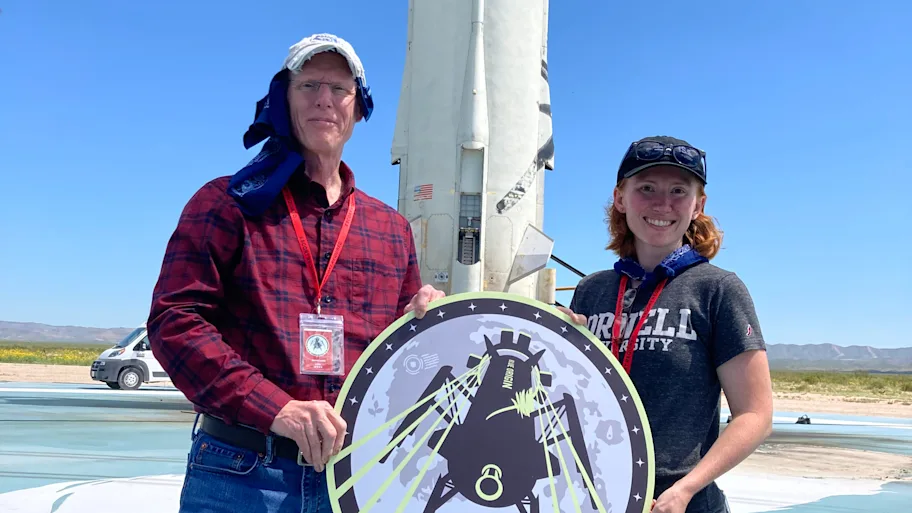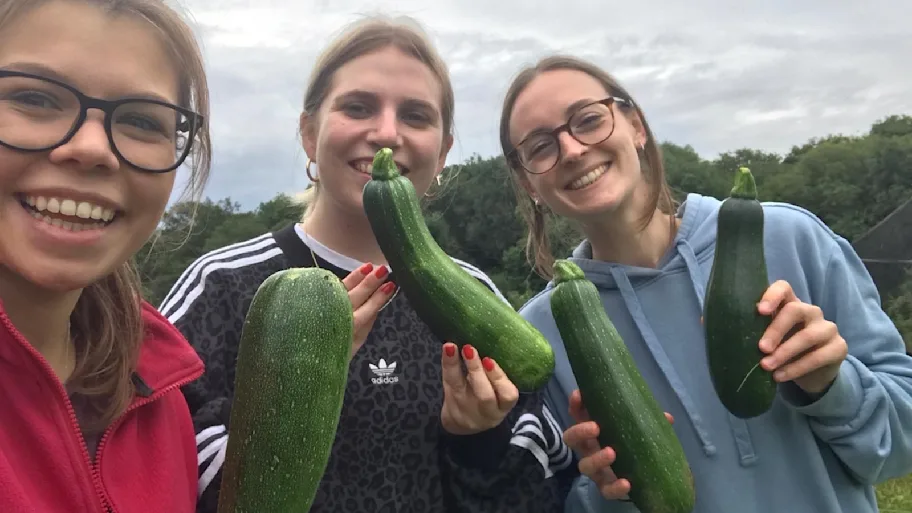
- Science News
- Featured news
- This sustainable solar oven allows rural communities to cook without coal or firewood
This sustainable solar oven allows rural communities to cook without coal or firewood
By K.E.D. Coan, science writer

Image: Riccardo Mayer/Shutterstock.com
A new design for a solar cooking system may help rural communities prepare food more sustainably, reports a new study. The materials used in this system should be easily accessible for people in places where there are few options besides burning wood or coal.
Engineers in Nigeria have developed an improved solar cooking system that is designed to replace cooking over fires made with coal, wood, or other materials, reports a new study in Frontiers in Energy Research. There are still many parts of the world where people cook directly over such fires, which is damaging for the environment as well as the local community’s health. This new approach combines two conventional solar oven designs and aims to provide a cleaner and healthier alternative.
“Cooking by the burning of firewood and other non-environmental and non-eco-friendly fuels is still predominant in most developing countries, especially among the people living in rural areas and some urban cities,” said lead author Dr Clement A. Komolafe, of Landmark University.
“In order to discourage the use of hazardous fuels for cooking, we thought of combining the solar box and parabolic dish types to produce one novel solar cooking system using locally sourced materials.”
► Read original article► Download original article (pdf)
A combination of two designs
There are two principle arrangements for conventional solar cookers. The first is a box (often made of glass or a transparent material), which traps heat from the sun’s rays. The second is a parabolic or spherical structure that reflects and focuses sunlight to intensify the heat.
This latest cooker combines both approaches to capture even more heat. The initial tests showed that the cooker obtained heating power (wattage) of up to 58.2W, which was enough to boil water, as well as cook rice and plantains. This performance compares well with current trends in solar cooking technologies.
Design features also include making it easy for one person to operate and simple to assemble. In addition, no special training would be needed to use the device.
Locally sourced parts and materials
The team used easily accessible materials such as aluminum sheet, iron, steel pipes, plywood, and reflective glass to build the device. The team also compared two heat storage materials that would be easy to access: black coated gravel (granite) and used engine oil. A tracking device provided the electronics needed to measure the temperature and humidity for the study.
“The next steps include design modifications to further reduce the rate of heat loss through the wall of the cooking box for better efficiency,” said Komolafe. “For quick redistribution of this new device design to rural communities, we’re inviting interested Individuals, corporate organizations, and government parastatals to sponsor or partner in the project.”

Experimental set up of the solar cooking device. 1. Cooking box, 2. Data acquisition and solar tracking control unit, 3. Parabolic collector/reflector, 4. Stepper motor, 5. Solar panel connected to battery. Image: Clement A. Komolafe






